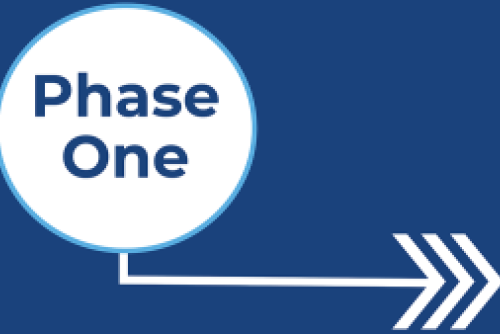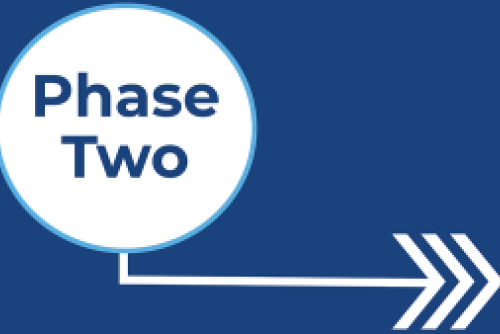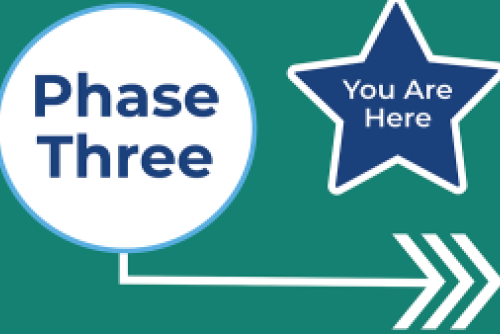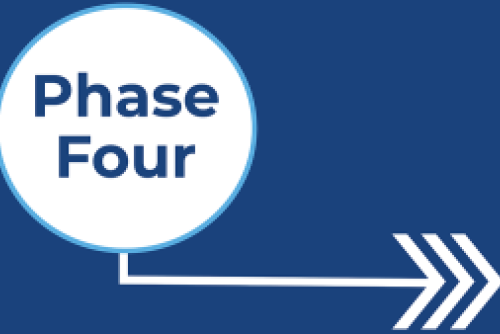The Project Execution is unique for each project. While the previous two phases have a defined workflow, the nature of “no 2 projects are the same” means that this is the phase with the most amount of diversity in approach.
This phase could potentially be divided into two sub-phases: Project plan & solution development. We start this phase by creating a detailed project plan, outlining the tasks, timelines, resource allocation, and dependencies. It is during planning that we define milestones, establish project controls, and develop a comprehensive risk management strategy. A well-crafted project plan sets the foundation for efficient execution and serves as a reference point throughout the project lifecycle.
Once the planning is complete, the project moves into development. Here, teams implement the project plan by carrying out the assigned tasks, collaborating with stakeholders, and managing resources effectively. Regular communication and coordination among team members are vital to ensure smooth progress and address any emerging issues promptly.
This phase involves tracking project performance against the established plan, identifying deviations, and taking corrective actions as necessary. Regular progress reports, status meetings, and performance metrics help to keep the project on track and allow for informed decision-making. This phase ensures that the project remains aligned with its objectives and allows for timely adjustments when needed.




